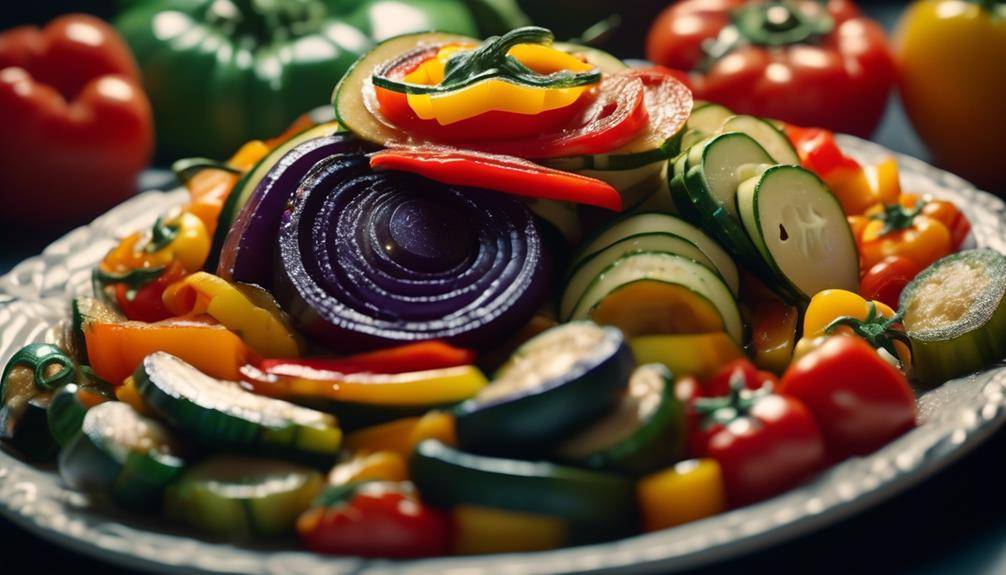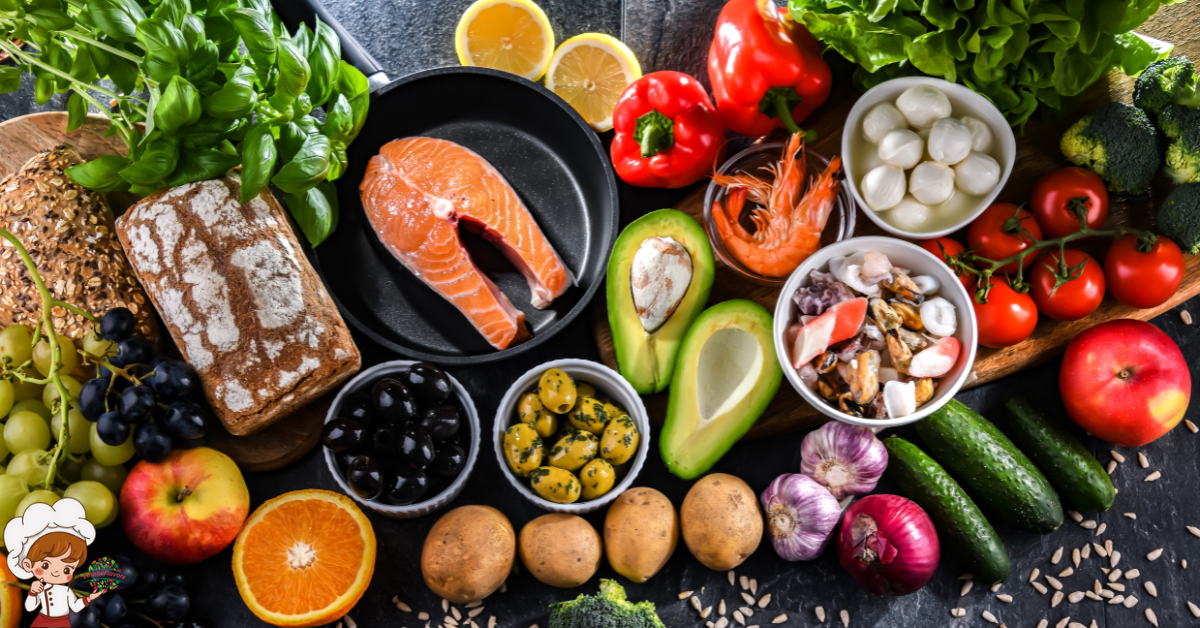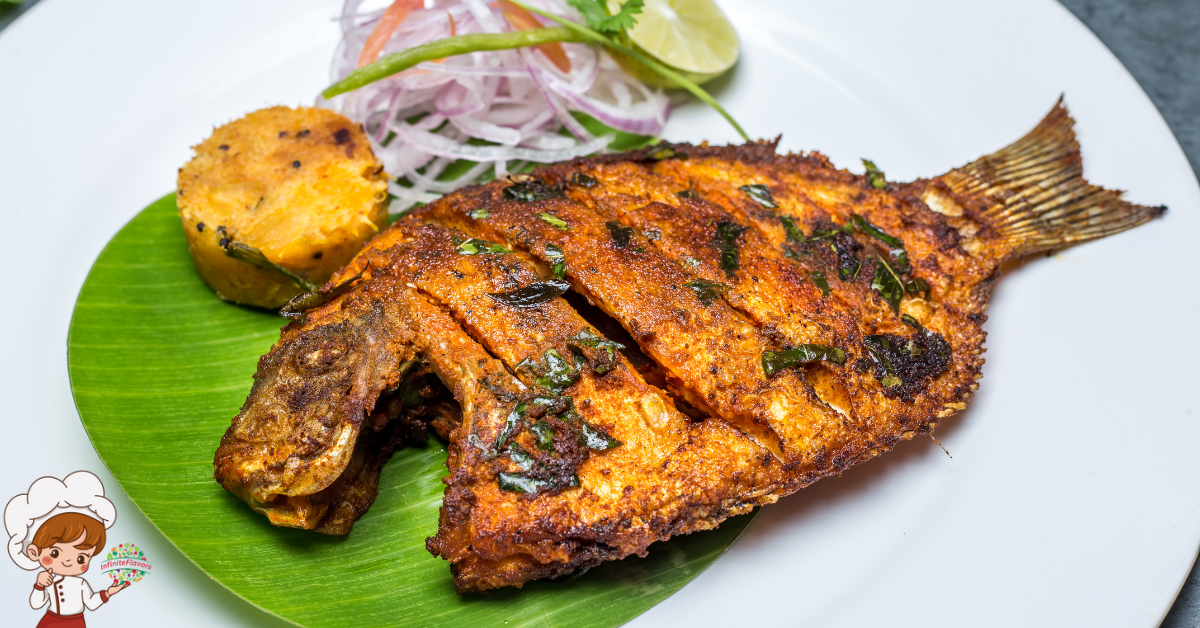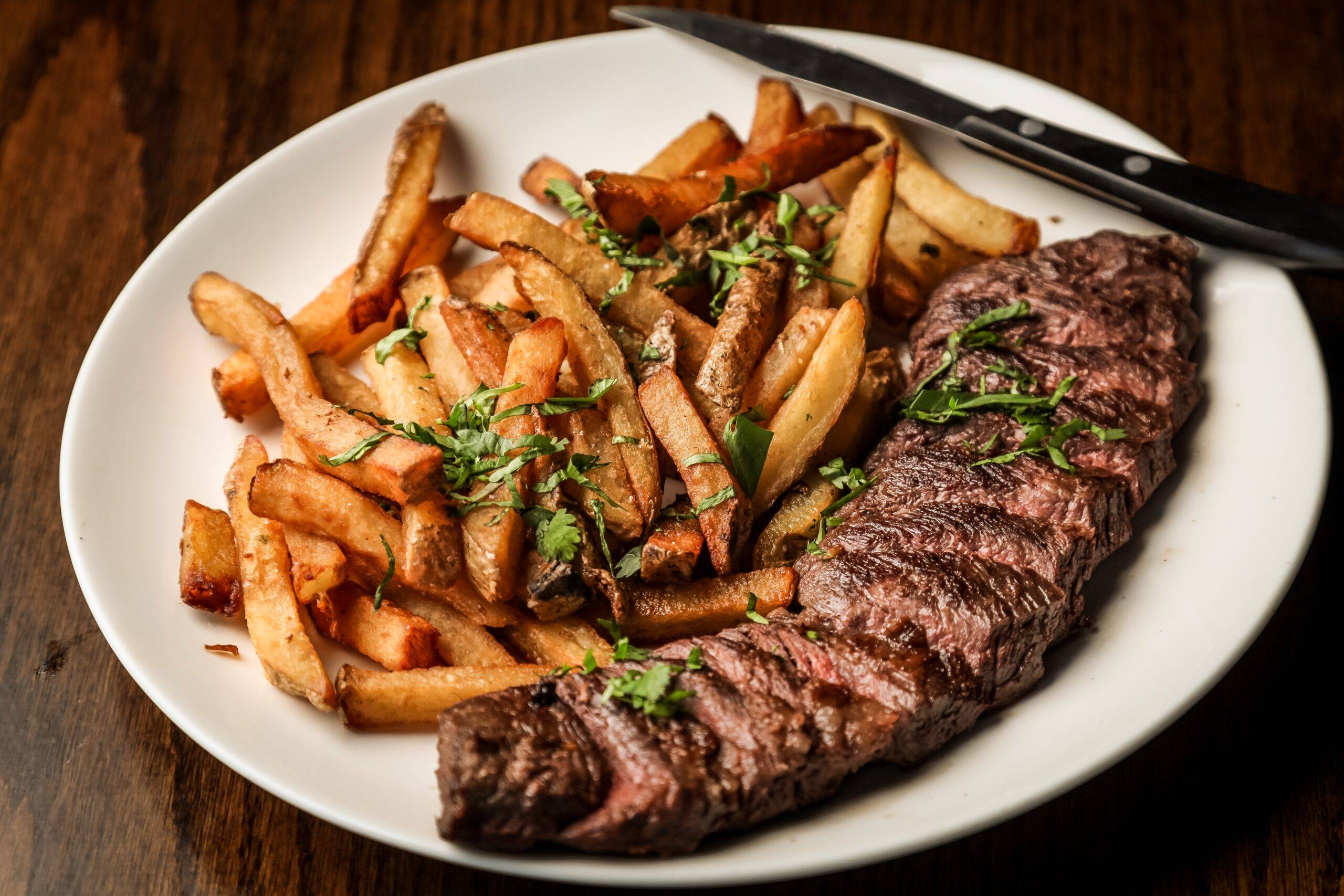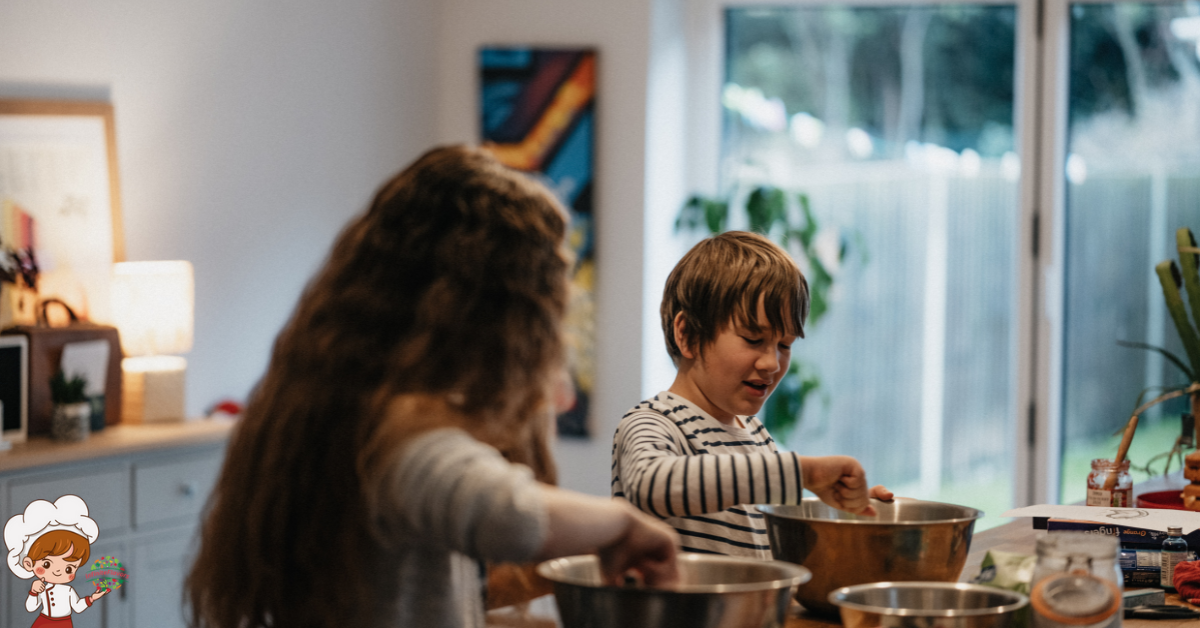Amazing Impact Of 3D Food Printing On Agriculture
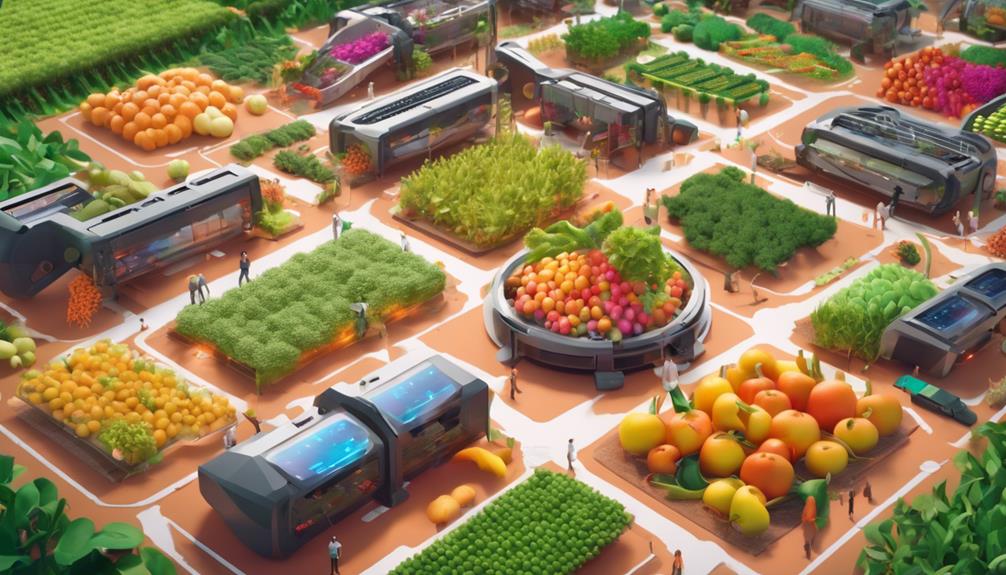
Impact Of 3D Food Printing On Agriculture; 3D food printing is changing agriculture by allowing you to turn surplus crops into creative, customizable food items that attract health-conscious consumers. You can reduce food waste considerably, as this technology repurposes imperfect fruits and vegetables into nutritious meals. This innovation also lets you explore new markets by offering unique food products that appeal to various dietary needs. In addition, it supports sustainable farming practices by minimizing waste and lowering production costs. If you’re curious about how this technology can additionally reshape food systems, there’s so much more to discover.
Overview of 3D Food Printing
3D food printing is shaking up the way we think about food production and consumption. This innovative technology combines culinary art with engineering, allowing you to create intricate food designs layer by layer. With advancements in technology, these printers can use various ingredients, including purees, powders, and even proteins, to produce customizable meals tailored to your tastes and dietary needs.
As you explore this new frontier, you’ll notice that consumer acceptance plays a crucial role in its growth. People are becoming more open to trying novel food experiences, driven by curiosity and the desire for convenience. This shift in mindset paves the way for 3D-printed meals to enter mainstream markets, especially in urban areas where traditional food production faces challenges.
Moreover, 3D food printing can address sustainability concerns by reducing food waste and utilizing alternative ingredients. As you become more familiar with this technology, you may find it not only enhances your dining experience but also encourages a more thoughtful approach to food. The future of food production, enriched by 3D printing, is just beginning, and you’re right at the forefront of this culinary revolution.
Benefits for Farmers
Farmers stand to gain considerably from the rise of food printing technology. You can easily explore new avenues for crop diversification, allowing you to expand your offerings and tap into niche markets. By utilizing 3D food printers, you can create innovative food products that appeal to consumers seeking unique and customized options. This not only helps you reach a broader audience but also enhances your farm’s profitability.
Moreover, food printing supports sustainable practices by minimizing food waste. With this technology, you can use surplus produce to create high-quality food items, reducing the amount of crop loss. You’ll also have the flexibility to experiment with various ingredients and recipes, ensuring that every part of your harvest is put to good use.
Additionally, 3D food printing can streamline your production processes. Instead of relying on traditional methods that require significant labor and resources, the technology enables you to produce food efficiently, saving you time and costs. Embracing this innovative approach not only benefits your bottom line but also contributes positively to the environment, helping you establish a more sustainable farming operation.
Enhancing Nutritional Value
Through innovative food printing techniques, you can greatly enhance the nutritional value of your products. By utilizing 3D food printing, you’re able to create meals that cater to specific dietary needs, ensuring that your customers receive the essential nutrients they require. This technology allows you to incorporate a range of vitamins, minerals, and proteins directly into your food, making it easier than ever to achieve customized nutrition.
Imagine designing meals that align perfectly with personalized diets. You can tailor the nutrient composition based on individual health goals, whether it’s weight loss, muscle gain, or managing a health condition. This personalization not only enhances the appeal of your products but also fosters a deeper connection with your consumers, who appreciate the attention to their unique dietary requirements.
Moreover, 3D food printing enables you to experiment with diverse ingredients, creating textures and flavors that can boost the overall eating experience. By focusing on enhancing nutritional value, you’re not just meeting the demands of modern consumers; you’re setting a new standard for health-conscious eating. Embrace this technology and transform the way you approach nutrition in food production.
Reducing Food Waste
As you enhance nutritional value, you also have the opportunity to tackle another pressing issue: food waste. 3D food printing can greatly reduce the amount of food discarded during production and consumption. By using precise amounts of ingredients, you can minimize excess and mold food into desired shapes, ensuring that every bit is utilized effectively.
This technology encourages sustainable practices, allowing you to repurpose scraps and by-products into new food items. Instead of tossing out imperfect fruits and vegetables, you can transform them into nutritious meals, reducing waste and maximizing resources.
Moreover, consumer acceptance plays an essential role in this process. As consumers become more aware of food waste issues, they’re likely to embrace innovations that offer solutions. When you present 3D-printed foods that look appealing and taste great, you’ll attract more buyers who prioritize sustainability.
Future of Food Production
The future of food production is poised for transformation, with 3D food printing at the forefront. This innovative technology isn’t just a trend; it’s a solution that addresses several pressing challenges in agriculture. You’ll see how 3D food printing can revolutionize how we produce, distribute, and consume food, enabling you to create customized meals tailored to individual dietary needs.
As you explore this exciting frontier, you’ll notice that technological advancements in 3D food printing allow for the use of alternative ingredients, such as plant-based proteins and nutrient-dense powders. This shift promotes sustainable practices by minimizing reliance on traditional animal farming, which can be resource-intensive and harmful to the environment.
Moreover, by localizing food production, you reduce transportation costs and carbon footprints, further enhancing sustainability. Imagine being able to print fresh meals directly at home or in community kitchens, drastically reducing food waste and ensuring that everyone has access to nutritious options.
In embracing 3D food printing, you’re not just adopting a new way to cook; you’re participating in a movement toward a more sustainable, efficient, and personalized food system for the future.
Impact Of 3D Food Printing On Agriculture; Frequently Asked Questions
How Does 3D Food Printing Influence Food Safety Regulations?
3D food printing raises questions about food safety regulations as you navigate potential regulatory challenges. It’s essential to guarantee food quality remains high while adapting existing standards to accommodate new technologies and methods in food production.
What Are the Costs Associated With 3D Food Printing Technology?
When considering 3D food printing, you’ll face initial investment and operational expenses. Material costs and maintenance requirements add up, while market pricing and technology advancements can influence long-term profitability and sustainability in your business.
Can 3D Food Printers Be Used for Non-Food Items?
Absolutely, you can use 3D printers for non-food materials. Various 3D printing applications extend beyond food, allowing you to create items like prototypes, tools, and even medical devices, showcasing the versatility of this innovative technology.
What Skills Are Needed to Operate a 3D Food Printer?
To operate a 3D food printer, you need skills in printer maintenance and familiarity with design software. You’ll troubleshoot issues, create designs, and guarantee the printer runs smoothly for successful food printing projects.
How Does Consumer Perception Affect 3D Printed Food Acceptance?
Consumer perception directly shapes 3D printed food acceptance. If you view it positively, you’re more likely to embrace this technology. Understanding consumer attitudes is essential for successful technology adoption and creating appealing, desirable food experiences.
Conclusion
In summary, 3D food printing is reshaping agriculture in exciting ways. By enhancing nutritional value and reducing food waste, it offers farmers innovative solutions to meet growing demands. You can see how this technology not only benefits producers but also creates a more sustainable food system. As you look to the future, embracing 3D food printing could revolutionize how we grow, prepare, and consume food, making a significant impact on the world around us.



